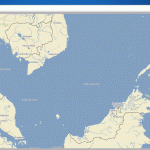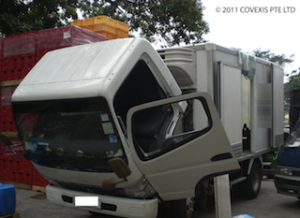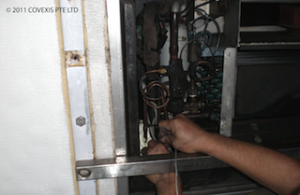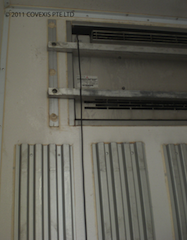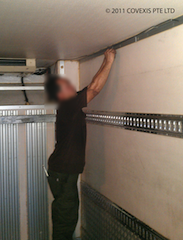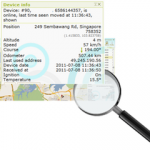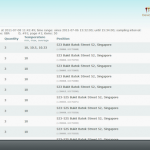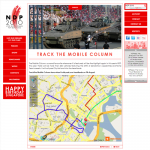Since the launch of iOS 6, the harshest criticisms largely revolves round the removing and replacing of Google maps with Apple’s own. Users were quick to pour in all their frustrations from using the new iOS 6 maps.
The iPhone and Google Map partnership seems like a happy marriage from day one. What followed was an explosion of LBS (Location-Based Services) apps that came onto the scene, and this trend is still continuing. PNDs (Portable Navigation Device) were seriously threatened. It is extremely common now for drivers to whip out their smart phones and use the default map app to have a quick view of how to get to their next destination.
Therefore, when Apple announced that they decided to ditch Google Maps, it also defies conventional wisdom which goes against the age old saying of “If it ain’t broken, don’t fix it“.
So it may seem now that the breakup was over something seemingly trivial like voice-guided navigation?
What this shows is simply, mapping technology has progressively become such an important and integral function expected of a phone that it is causing Apple and iPhone users so much pain and distress to not have a “properly working” one.
Maps – Can’t live without it
This leaves us with a few thoughts. We can understand what Apple is currently going through with their decision to change the maps. We actually faced a somewhat similar decision 3 years ago when we decide to implement our own map servers. What made us decide to take this difficult approach was because it was rather impossible for us to implement reports required with a certain degree of efficiency that is tolerable for customers to download, and therefore, we need to have our own servers to store and manipulate the GIS (Geographic Information Systems) data.
Maps are not easy. End users have very little understanding of what is going on behind the scenes for digital map rendering, and therefore the intolerance for whatever inadequacies the current iOS 6 maps are showing.
Firstly, map data for different regions have different specification or different sets of layers of information. In some countries or regions, e.g. Singapore, have fewer layers but yet each POI (Point of interest) or building is easily identifiable by a single address point, normally a postal code. While in some other countries or regions, there is no single identifiable address point. A postal code may indicate a region or the whole street, therefore requires a few other extra data like a house number + street name + a postal code in order to represent a distinct point on the map.
Secondly, we decided not to use the standard database but a suitable GIS database that is able to more efficiently handle GIS data. As we have different types of data format, the conversion processes also require some trial and error before we got all of them to work properly.
Thirdly, working with map tiles is more of an art than science. The positioning and placement of map tiles is more like working on a mosaic image, and that is why we named our web map service – MOSAIC. When working with different data sets and sources, we have to adjust map tiles and data so that the actual address points coincide and points to the correct position on the map.
This problem is further complicated when working on the task of overlaying the base map with satellite images. Without dwelling too deep into the intricate details, the basic problem with satellite images is simply, to be fair to Apple, is not exactly always within their control, unless Apple owns a couple of satellites and takes the images themselves. Usually, and even so for Google, the satellite images are likely to be bought from a provider. There are notably a few satellite image providers around, but the better ones will definitely be able to advise that, a good updated satellite image capture is dependent on a clear sky with no low lying clouds. Satellite images from different sections that form up the whole area may be taken on different dates, sometimes years apart, will show vastly different details when pieced together.
There is definitely hope
This is a very watered down version of our experience, the various obstacles we face before we got our own map server running. So looking back at the effort that we have put in on our own and comparing to what Apple is facing with iOS 6:
- We know that TomTom is providing map data for Apple.
- Having collaborated with TomTom (then TeleAtlas) for NDP2010 project, we do know that TomTom provides quality map data.
- It also seems that TomTom is not the only map data provider.
So, it is really not surprising to us that the iOS 6 maps have a lot of smoothing out work to be done, but we strongly believe that in the long run, Apple being one of the world’s most resourceful tech companies should not have any problems in getting the right people to look into this issue. Hopefully, they will one day come out of all this mess with much better control over the maps.

